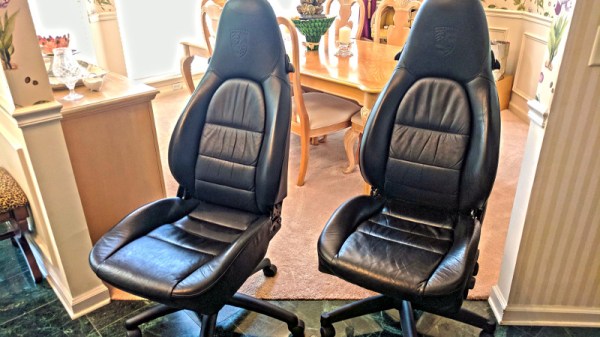Airbags are an incredibly important piece of automotive safety gear. They’re also terrifying—given that they’re effectively small pyrotechnic devices that are aimed directly at your face and chest. Myths have pervaded that they “kill more people than they save,” in part due a hilarious episode of The Simpsons. Despite this, they’re credited with saving tens of thousands of lives over the years by cushioning fleshy human bodies from heavy impacts and harsh decelerations.
While an airbag is generally there to help you, it can also hurt you in regular operation. The immense sound pressure generated when an airbag fires is not exactly friendly to your ears. However, engineers at Mercedes-Benz have found a neat workaround to protect your hearing from the explosive report of these safety devices. It’s a nifty hack that takes advantage of an existing feature of the human body. Let’s explore how air bags work, why they’re so darn loud, and how that can be mitigated in the event of a crash.
Continue reading “Airbags, And How Mercedes-Benz Hacked Your Hearing”


















